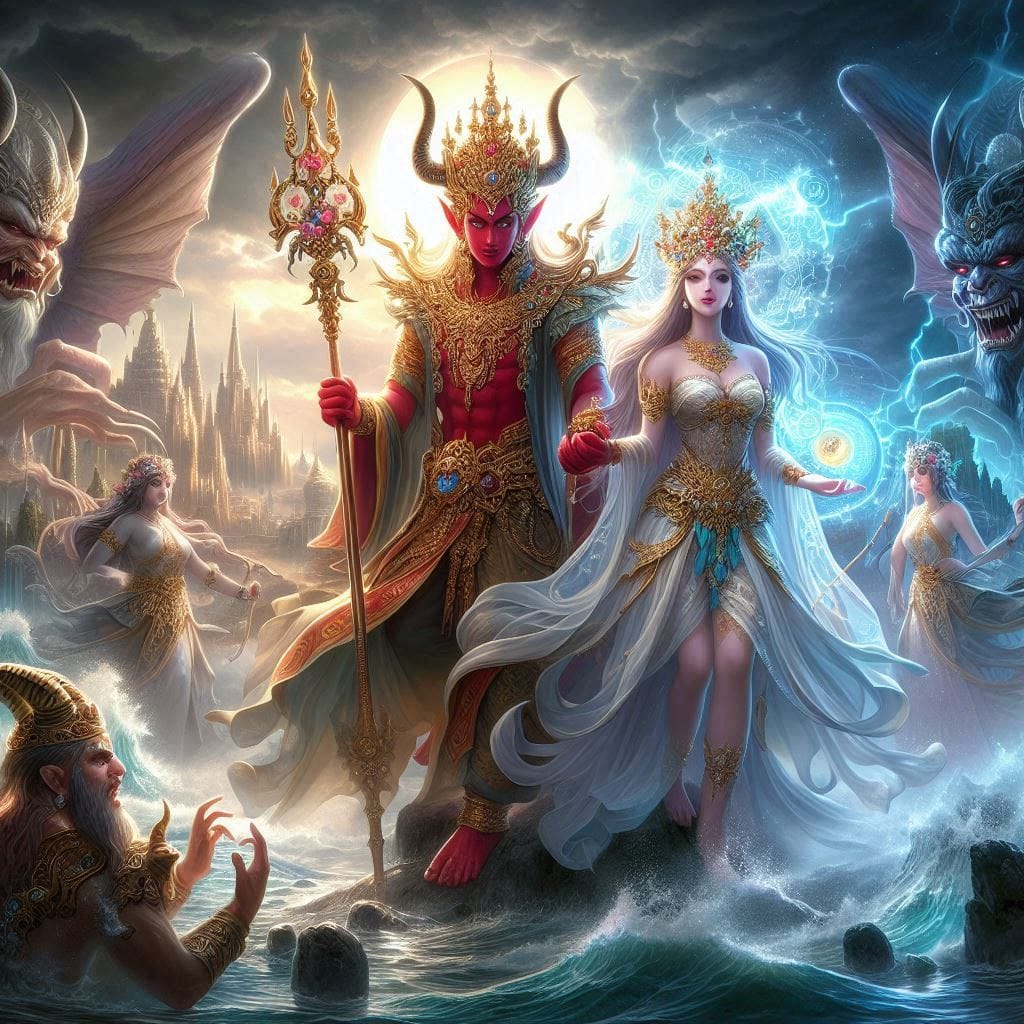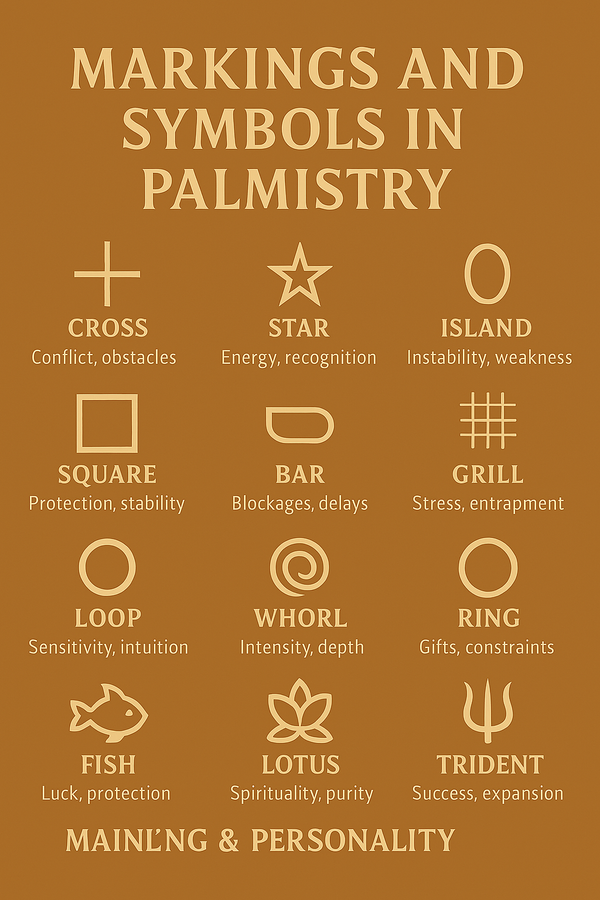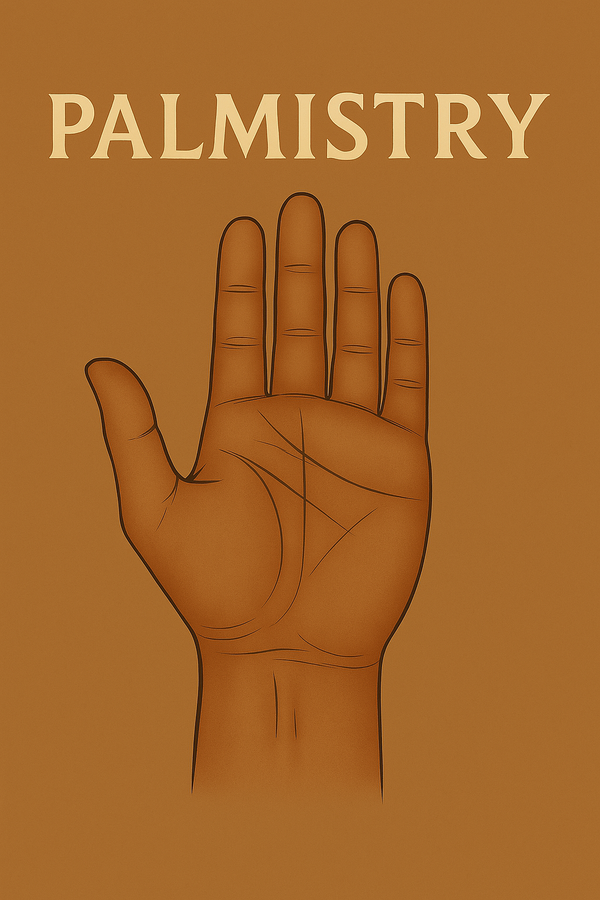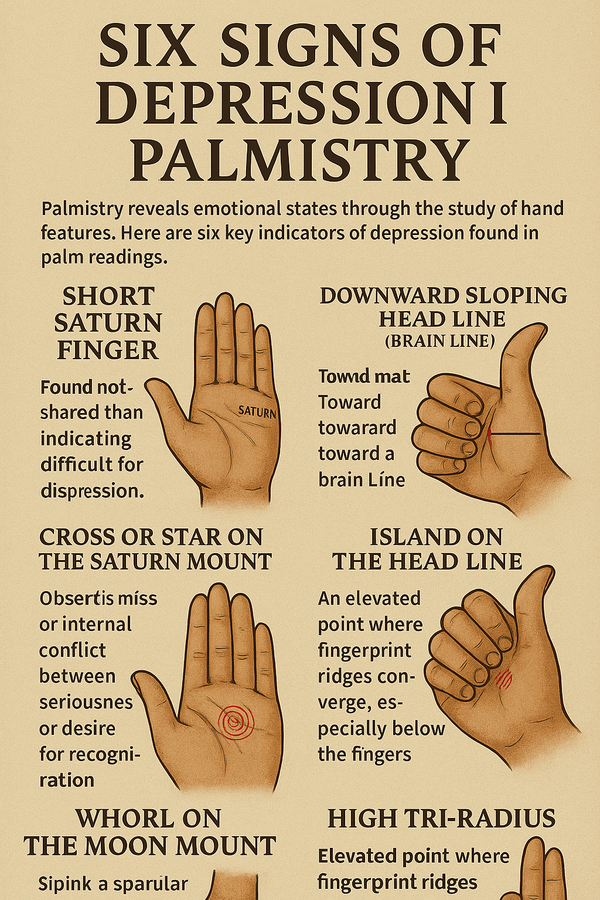The Princess and the Demon: A Tale of Divine Healing and Fate
In ancient Egypt, during King Rameses' reign, Queen Neferu-Ra's sister fell ill, possessed by a spirit. The moon-god Khonsu's divine intervention healed her, showcasing the gods' enduring power. #AncientEgypt #KingRameses #DivineHealing #Khonsu #EgyptianMythology #occultsanctum

In the storied days of ancient Egypt, during the reign of King Rameses—the mighty son of the Sun and beloved of Amon—a legend unfolded that intertwined royal destiny with the mysterious power of the gods. King Rameses was not only a formidable warrior, celebrated like Mentu, god of war, but also a ruler whose very presence inspired awe. His conquests extended over the nine Archer-tribes, and his victories earned him tribute from vassal-princes across distant lands.
A Royal Tribute and a Fateful Gift
Among the many tributes arriving at his court from lands like Naharaina, one gift shone brighter than the rest. The prince of Bekhten, in his submission and generosity, presented his eldest daughter—a princess whose beauty and grace were so exquisite that the King himself fell deeply in love. In honor of her luminous beauty, he made her his Great Royal Wife and bestowed upon her the name Neferu-Ra, “Beauty of Ra,” inscribed in the royal oval as was customary for queens of Egypt.
After their triumphant return to the Black Land, Queen Neferu-Ra performed her sacred duties in Egypt’s hallowed temples. Yet, even amidst royal splendor, an unexpected trial would soon test the divine bonds that held the kingdom together.
The Curse of a Malady
While King Rameses celebrated with his people during a vibrant festival at the temple of Amon in Thebes—a day when torches danced upon the river and the Sacred Barque bore the divine image of Amon-Ra—a troubling message arrived. A messenger bearing gifts from the prince of Bekhten reported that Bent-reshy, the little sister of Queen Neferu-Ra, was stricken with a mysterious malady. Desperate for a cure, the prince implored the King to send a learned healer.
King Rameses summoned Tehuti-em-heb, a scribe of the House of Life renowned for his wisdom and magic. When Tehuti-em-heb reached Bekhten, he discovered that the princess was not simply ill—she was under the sinister dominion of a malevolent spirit. No matter how hard his skills were applied, the dark force overpowered his arts, leaving the princess ensnared in its grip.
The Plea to the Divine
Distraught by the failure of mortal magic, the prince of Bekhten sought help from a higher power. Tehuti-em-heb advised that the only hope lay in invoking Khonsu, the Expeller of Demons, a youthful and ever-beautiful moon-god known for his power to banish evil. Three long years passed as the spirit continued its hold over Bent-reshy, deepening the despair in Bekhten.
At last, on the first day of the sacred month of Pakhons in Thebes, King Rameses, ever the devoted servant of the gods, entered the temple to seek divine intervention. Within the hallowed sanctuary stood two revered statues of Khonsu—one known as Khonsu in Thebes Neferhotep and the other as Khonsu, the Expeller of Demons. With heartfelt supplication, the King implored the god to send his divine protection to Bekhten to save the imperiled princess.
The Journey of the Divine Messenger
In response to the King’s pleas, the statue of Khonsu in Thebes Neferhotep moved in silent assent. Under the blessing of King Rameses, the divine essence of Khonsu—the Expeller of Demons—was placed aboard the majestic Great Boat, flanked by five smaller boats, chariots, and horses. With a regal retinue worthy of a god, Khonsu embarked on a journey that would last a year and five months before reaching the distant lands of Bekhten.
Upon arrival, the prince of Bekhten and his loyal followers welcomed Khonsu with the reverence of a king’s presence. In the private chamber of Bent-reshy, the divine power of Khonsu manifested. With his magical protection, the oppressive spirit was compelled to yield. In a moment of miraculous transformation, the malevolent force spoke with contrition, declaring its submission to the great god and promising to depart in peace—only after a holy day was established in its honor.
A Sacrifice and a Change of Heart
The people of Bekhten, trembling at the otherworldly encounter, obeyed the divine command. They prepared lavish offerings and sacrifices, celebrating a holy day dedicated both to Khonsu and to the vanquished spirit. Joy returned to the land as Bent-reshy was freed from the spirit’s clutches. Yet, amidst the relief, a new fear gripped the prince: that without the constant presence of Khonsu, the malevolent spirit might one day return.
Determined to secure his newfound peace, the prince forbade Khonsu from leaving Bekhten. For three years, four months, and five days, the Expeller of Demons remained among his people. But destiny had one more twist. One night, as the prince slept, he dreamed of Khonsu emerging from his shrine in the resplendent form of a golden hawk, soaring swiftly back towards Egypt. Awaking in terror of divine wrath, the prince ordered that Khonsu be recalled to Egypt, and with a heavy heart, arranged for the god to return laden with rich gifts.
The Return to Thebes
After many months of travel accompanied by a proud escort of soldiers, Khonsu arrived back in Thebes and was received once more in the temple of Khonsu in Thebes Neferhotep. In a final act of humility and devotion, the god transferred all the precious gifts given by the prince to the sacred statue, keeping nothing for himself. And so ended the epic journey of Khonsu, the Expeller of Demons—a journey that had healed a princess, driven away a dark spirit, and forever altered the fates of both a kingdom and a people.
This ancient tale of Queen, King, and divine intervention reminds us of the potent interplay between mortal endeavors and celestial forces—a timeless narrative of healing, sacrifice, and the enduring power of the gods in the lives of those who revere them.


